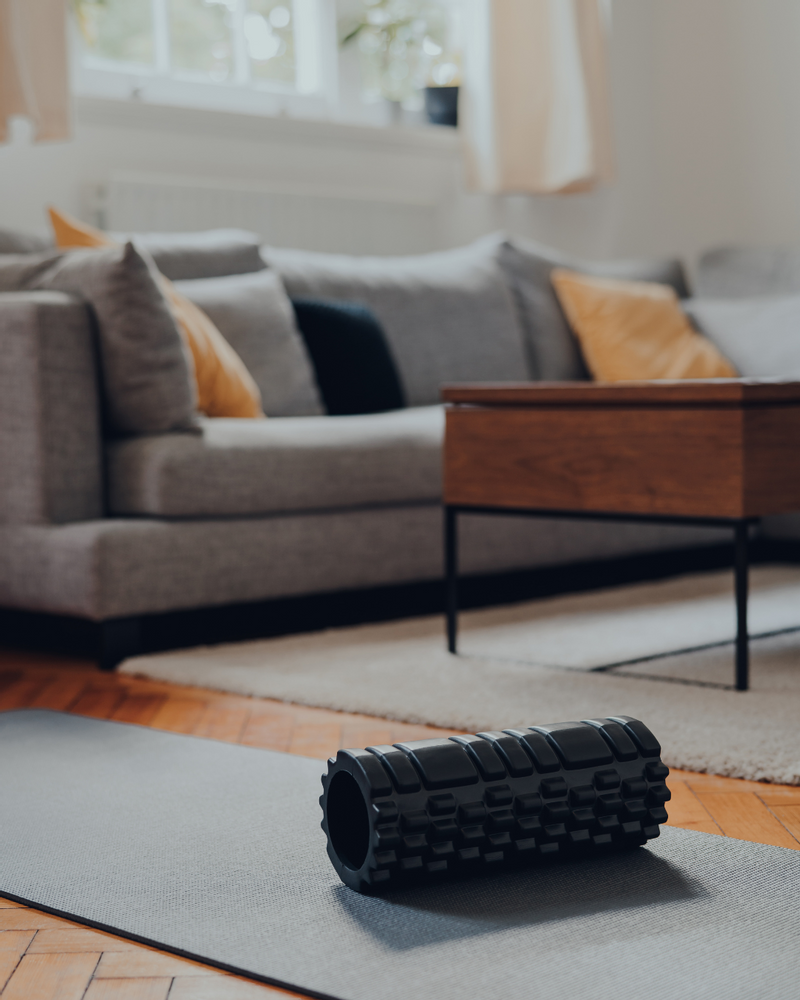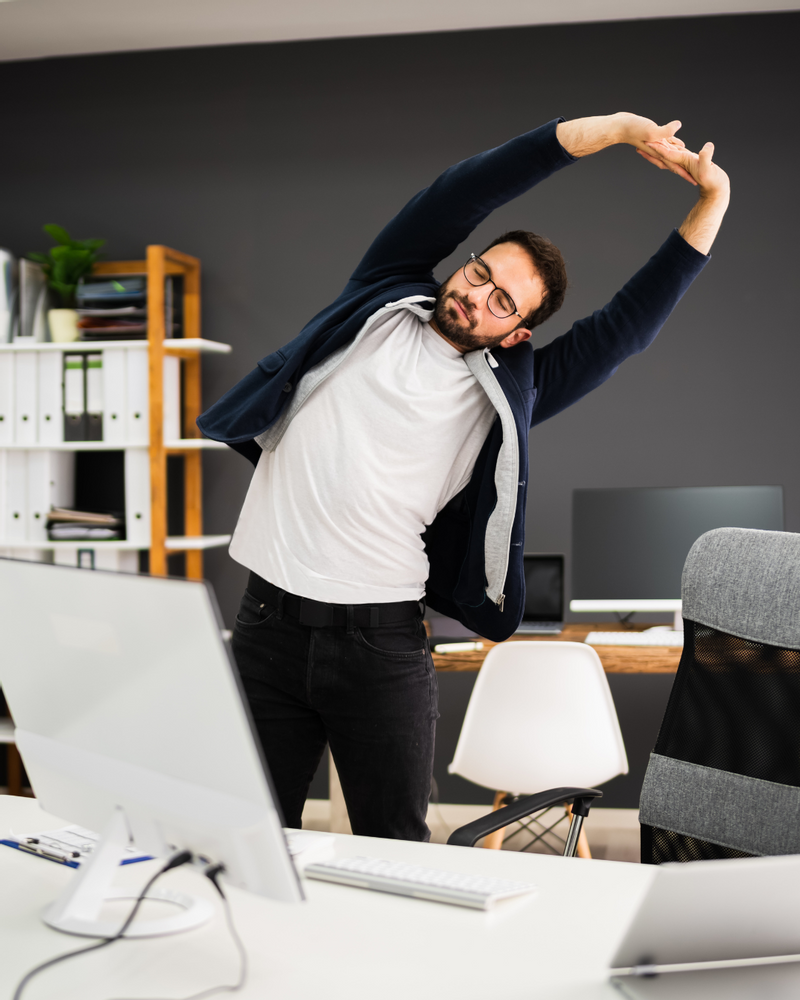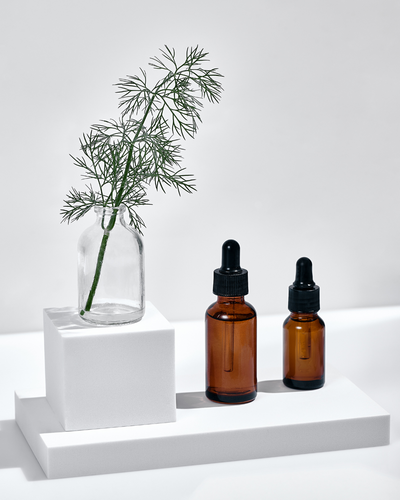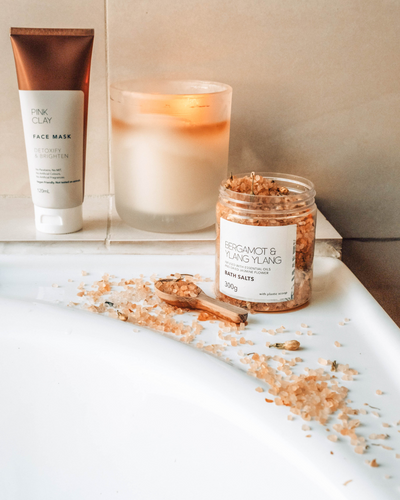Your New Best Friend: At-Home Rehab Tools I Recommend to Almost Every Patient

When it comes to recovery and staying healthy between chiropractic visits, consistency is key. I always tell my patients that healing doesn’t stop when they walk out of my office. That’s why I’m a big fan of at-home rehab tools—they can make all the difference in helping your body feel its best. Over time, I’ve found that these tools are incredibly helpful for almost everyone I work with. Here’s a breakdown of the tools I recommend and why they’re so beneficial for supporting your chiropractic care.
Why At-Home Care Matters
While chiropractic care helps realign your body, it’s only one piece of the puzzle. Daily life can be tough on our bodies—long hours sitting at a desk, physical activity, and just the natural wear and tear of everyday living. These tools help you keep your body in check between visits and support the healing process. They're affordable, easy to use, and designed to make sure you're getting the most out of your adjustments.
Mobility Tools: Helping Your Body Move Freely
These are the tools I recommend to almost every patient to improve flexibility and mobility. They help to open up your body and get everything moving the way it’s supposed to.
Why I Recommend It: The lacrosse ball is a favorite of mine for targeted muscle release. It’s firmer than a tennis ball, so it gets into those deeper, stubborn knots. It’s great for areas like your glutes or between your shoulder blades.
How to Use It: I tell patients to place the ball under sore spots and gently lean into it. You can roll it slowly or just hold pressure on a tense spot for about 20-30 seconds. It’s a simple yet effective way to get rid of those knots!
Small Soccer Ball
Why I Recommend It: I love recommending the small soccer ball for the upper back. Our daily activities tend to keep us hunched forward, which can cause tension in the chest and upper spine. Using the soccer ball helps release that tension and promotes better posture by allowing gentle decompression for the upper back and spine.
How to Use It: Lie on your back with the soccer ball placed under your upper back. Breathe deeply and let your body relax into the ball for a few minutes. It’s a great way to open up the chest and release tension in your upper back.
Why I Recommend It: A foam roller is a game-changer for releasing muscle tension and improving flexibility. It’s like getting a mini massage at home, and I find that it works wonders for nearly everyone. Whether you’re sore from a tough workout or just stiff from sitting too much, the foam roller is a simple way to relieve tension.
How to Use It: I recommend rolling slowly over sore spots—think quads, hamstrings, and upper back. Spend a little extra time on areas that are extra tight. You’ll feel the difference!
Stretching Strap or Bands
Why I Recommend It: Stretching straps or bands are great for helping you get a deeper stretch, especially in tight areas like the hamstrings, shoulders, or hips. They help improve your flexibility and mobility in ways you just can’t achieve on your own.
How to Use It: You can use the strap to assist with stretches you can’t quite reach, like pulling your leg toward you when lying on your back. It’s an easy way to deepen those stretches and improve range of motion.
Recovery Tools: Supporting Your Body’s Healing Process
These tools are all about helping your body recover and reduce inflammation after activity or adjustments. I recommend them to patients who are dealing with soreness, tension, or general discomfort.
Epsom Salts, Theraworx, or Natural Calm
Why I Recommend Them: Magnesium is a must for muscle recovery and relaxation, which is why I love recommending Epsom salts, Theraworx, or Natural Calm to my patients. They all help support the healing process and make a big difference in how your body recovers between visits.
How to Use Them: For Epsom salts, I suggest adding 2 cups to a warm bath and soaking for 20-30 minutes. Theraworx is a topical foam, and Natural Calm is a magnesium powder you mix into water. Pick what works best with your routine and how your body responds.
Why I Recommend Them: Ice is a classic for a reason—it’s fantastic for reducing inflammation and numbing soreness. If you’re dealing with acute pain, swelling, or just a nagging ache, ice is one of the simplest and most effective ways to manage it.
How to Use It: I recommend applying an ice pack to the sore area for 15-20 minutes at a time. You can repeat this a few times throughout the day as needed. It’s a great tool for dealing with those flare-ups between chiropractic visits.
Water Bottle
Why I Recommend It: Hydration is one of the simplest yet most effective ways to support your body’s recovery. It’s something I mention to nearly every patient because staying hydrated helps reduce inflammation, improve joint mobility, and even support your muscles’ healing. Plus, drinking more water can actually help with things like energy and mood!
How to Use It: Carry a water bottle with you throughout the day. I suggest finding one you really like—whether it’s a fancy bottle, a tumbler, or one with a motivational reminder—something that makes it easy (and fun!) to keep sipping. Aim for 80-100 oz of water a day to keep your body in top shape.
Where to Find These Tools
I’ve made it easy for you to find these tools, and I only recommend products that I trust and use myself. You can check out my recommendations page for links to the rehab tools I swear by. They’re simple, affordable, and really do make a difference in your recovery.
Tips for Using Your Rehab Tools Safely
- Start slow—don’t overdo it, especially with foam rolling or using the lacrosse ball.
- Listen to your body. If something feels sharp or painful, ease up or stop altogether.
- Pair these tools with other healthy habits like staying hydrated, icing regularly, and taking magnesium to help your body recover.
I recommend these at-home rehab tools to almost all my patients because they work! By incorporating these into your routine, you’ll recover faster, feel better, and get the most out of your chiropractic care.
Got questions or need help figuring out how to use these tools? Text me anytime or book your next appointment online. Let’s keep you moving, feeling good, and staying on track!
Disclaimer: Some of the links in this post are Amazon Associate links, which means I may earn a small commission if you make a purchase through them, at no extra cost to you. I only recommend products I trust and use myself.

Click an image below to display the larger version.







